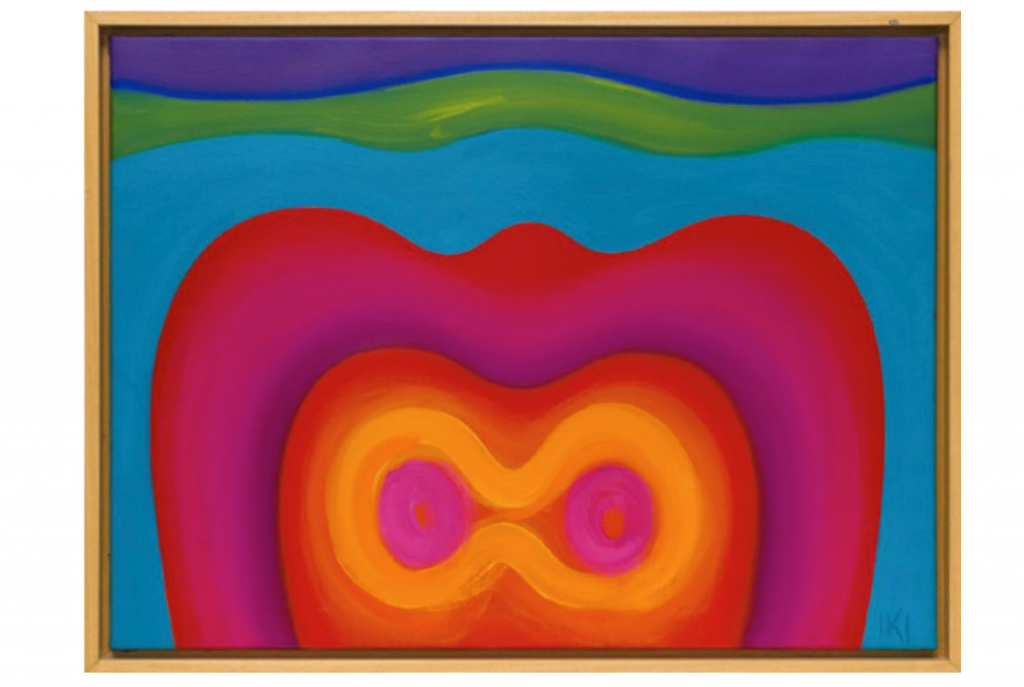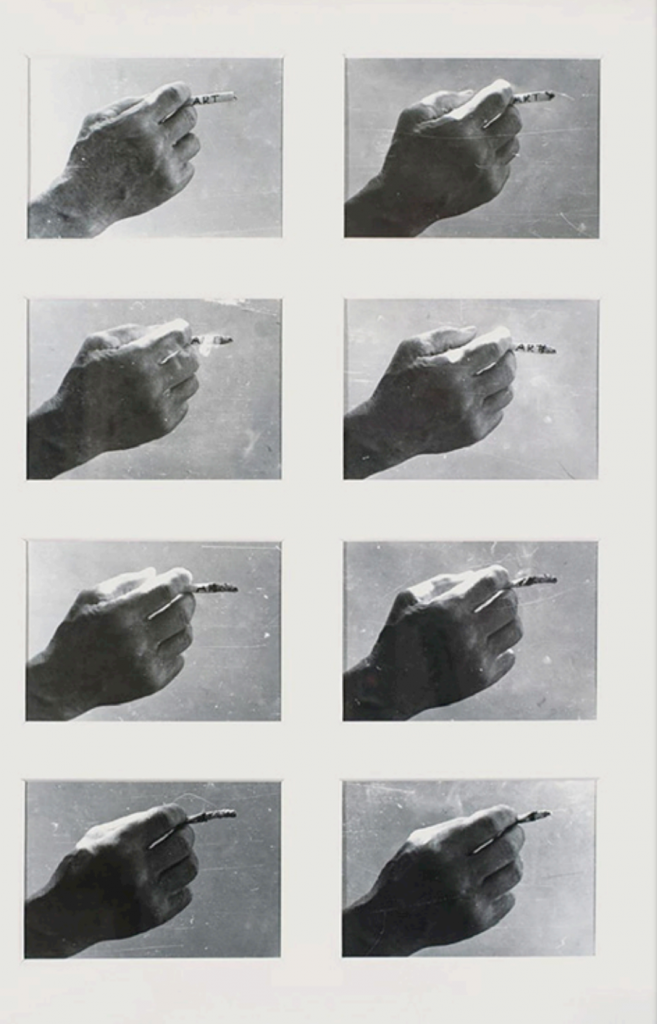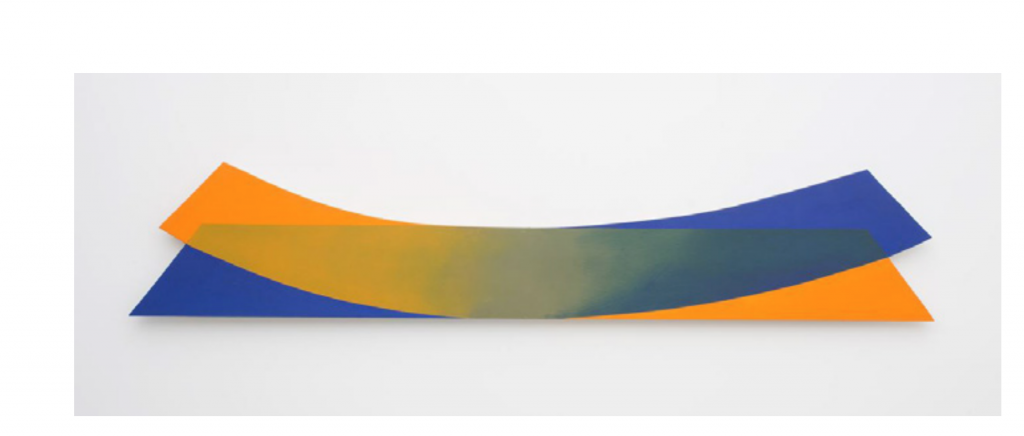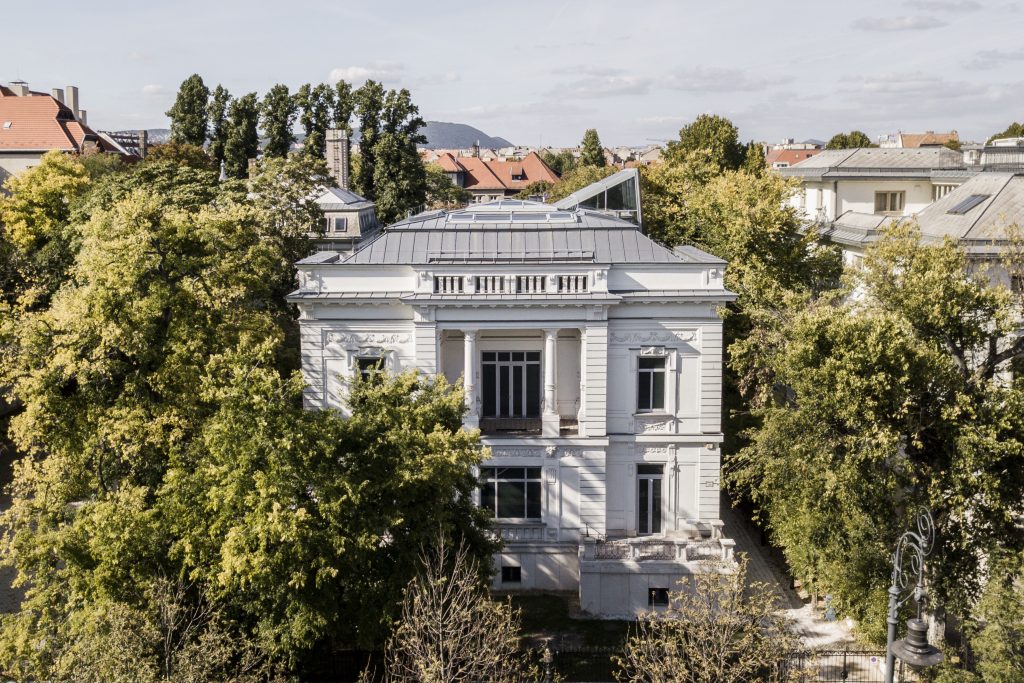Art Collectors
‘I Fell in Love’: Why Hong Kong Collector Queenie Rosita Law Is Building a Trove of Eastern European Contemporary Art
The collector has her sights set on Hong Kong next.

The collector has her sights set on Hong Kong next.

Vivienne Chow

When Queenie Rosita Law tells people about her new art space in Budapest, named Q Contemporary and dedicated to Eastern and Central European contemporary art, she’s used to getting strange looks. Central and Eastern European art? Budapest?
The direction may seem an odd choice for a young entrepreneur who grew up in Hong Kong and was educated at Central Saint Martins in London. But the 34-year-old collector, who traces her passion to time spent in Hungary around five years ago, believes it is a natural evolution.
“I fell in love with Central and Eastern European art after observing the raw expression and powerful energy from the region’s artists,” Law said.

Ilona Keserü, Birthday (Születésnap), (2005). Photo ©️ Dávid Biró. Courtesy of Q Contemporary.
Inspired by lengthy back-to-back studio visits and the work of artists like Ilona Keserü, whose 2005 painting Birthday became the first Central European piece in her collection, Law hatched the idea for Q Contemporary. “I realized that there [wasn’t] one place in the region to see all their art together under one roof,” she said.
Law is part of a rising generation of game-changing young collectors in Asia—but the ambition and specificity of her vision sets her apart. Many of her peers focus their efforts closer to home. Few have the time, resources, or will to, as she described her aim, “empower artists around the world.”

Kálmán Szíjártó, Art gesture (Art gesztus), (1973–74). Courtesy of Q Contemporary.
Since making her first art purchase (photography by Singapore’s Robert Zhao Renhui), the Bossini clothing chain heiress has focused on acquiring work by contemporary artists from Hungary, the Czech Republic, Romania, Slovakia, and Serbia.
Q Contemporary’s inaugural exhibition, which opened in September, displays work by artists who have been shortlisted for the Leopold Bloom Art Award, which honors emerging talents in Hungary. Law said the local artistic community has been welcoming—not to mention “amazed” that a Hong Konger has shown such tremendous interest in their art.

Dóra Maurer, Bicinies 5 (Bicíniák 5) (2015). Courtesy of Vintage Gallery and Q Contemporary.
But Q Contemporary is only part of Law’s ambitious art puzzle. She also runs Q Studio, which supplies artworks to luxury brands and properties, and is planning to open a gallery space, Double Q, in Hong Kong’s Sheung Wan district toward the end of the year. She hatched the idea during the pandemic as she observed more and more young people investing in art and saw an opportunity to introduce lesser-known international figures to the energized local scene. The forthcoming gallery, the Budapest art center, and the art-loan studio compose the Q Art Group, which now employs 20 people.

Q Contemporary is based in Budapest, Hungary. 110 Andrássy Avenue, Budapest, 1062 Hungary. Courtesy of Q Contemporary.
Law’s activities mark the start of a new chapter after her highly publicized kidnapping in 2015 (she was held in a cave on Kowloon Peak for four days before being released for ransom and later testified against her captors at trial). Having published a memoir about the ordeal in 2017, she is ready to dive headfirst into cultural entrepreneurship.
Just don’t call her growing portfolio an art empire. For Law, it’s more personal than that. “I started my career as a painter myself and continue to create artworks in my spare time,” she said. “I know that my life and my career will be dedicated to art.”
A version of this article appeared in the fall 2021 Artnet Intelligence Report, available in full exclusively to Artnet News Pro members. To read more about the art collectors shaping the future, the tech tools poised to revolutionize the art world, and how much money NFTs are actually making for auction houses, download the full report here. If you aren’t yet a member, you can subscribe here.